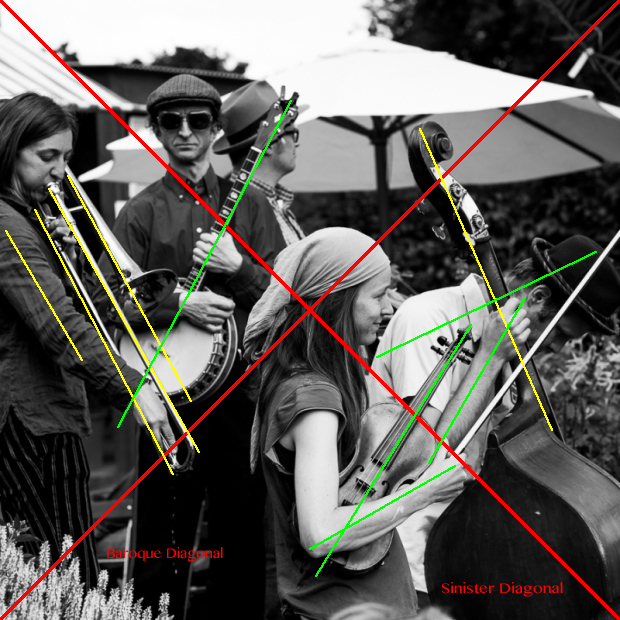Archive for category Strickly Speaking
Rule Of Thirds
Posted by knutskjaerven in Rule Of Thirds, Strickly Speaking on January 4, 2013

Missing The Point © Knut Skjærven.
This is what John Thomas Smith said in 1797:
In applying this invention, generally speaking, to any other case, whether of light, shade, form, or color, I have found the ratio of about two thirds to one third, or of one to two, a much better and more harmonizing proportion, than the precise formal half ….
You will be amazed, as I just was, to see how many of your own images that you like, for one reason or other, actually fit the formula that John Thomas Smith called the Rule of Thirds.
It is Friday and it is 04.00 p.m. so I am not going to say much more other than that this brief post is to trailer a new section in Street Photographer’s Toolbox. It will evolve over the next months. All posts will be linked to and found in a new blogroll section named Strictly Speaking.
It has to do with classical rules for visual compositions. And there are lots of them.
In Street Photographer’s Toolbox it will be ONE orientation to street photography among many others. You need to know what these rules are all about to know when to use them and when not to use them. That is the very simple core of the argument.
The new section will spin off quite a few posts INCLUDING several drilling sessions that you can engage in.
Your question to this new section could be, as is was for me: It this not merely nostalgia we deal with when we talk about composition in this strict sense? I would say, no it is not, even if I to a certain degree believed so.
Missing The Point, the image above, was actually chosen to argue that it did not comply with any of the classical rules that I knew of. I looked for eye contact and found that there weren’t any at all. (The crossing points between horizontal and vertical lines are called eyes and there are four of them.)
That was until I discovered that the hefty parts of the image, with the close up dancers, filled about two thirds of the image. I got wiser.
Stay tuned. This is going to be a very interesting section. I will for me, anyway. I am going to learn a lot.
Have a good weekend.
© Knut Skjærven. All rights reserved: Text and Picture.
January 4, 2013.
Let me remind you of The Workshop to be held in Berlin June 20 – 23, 2013.

